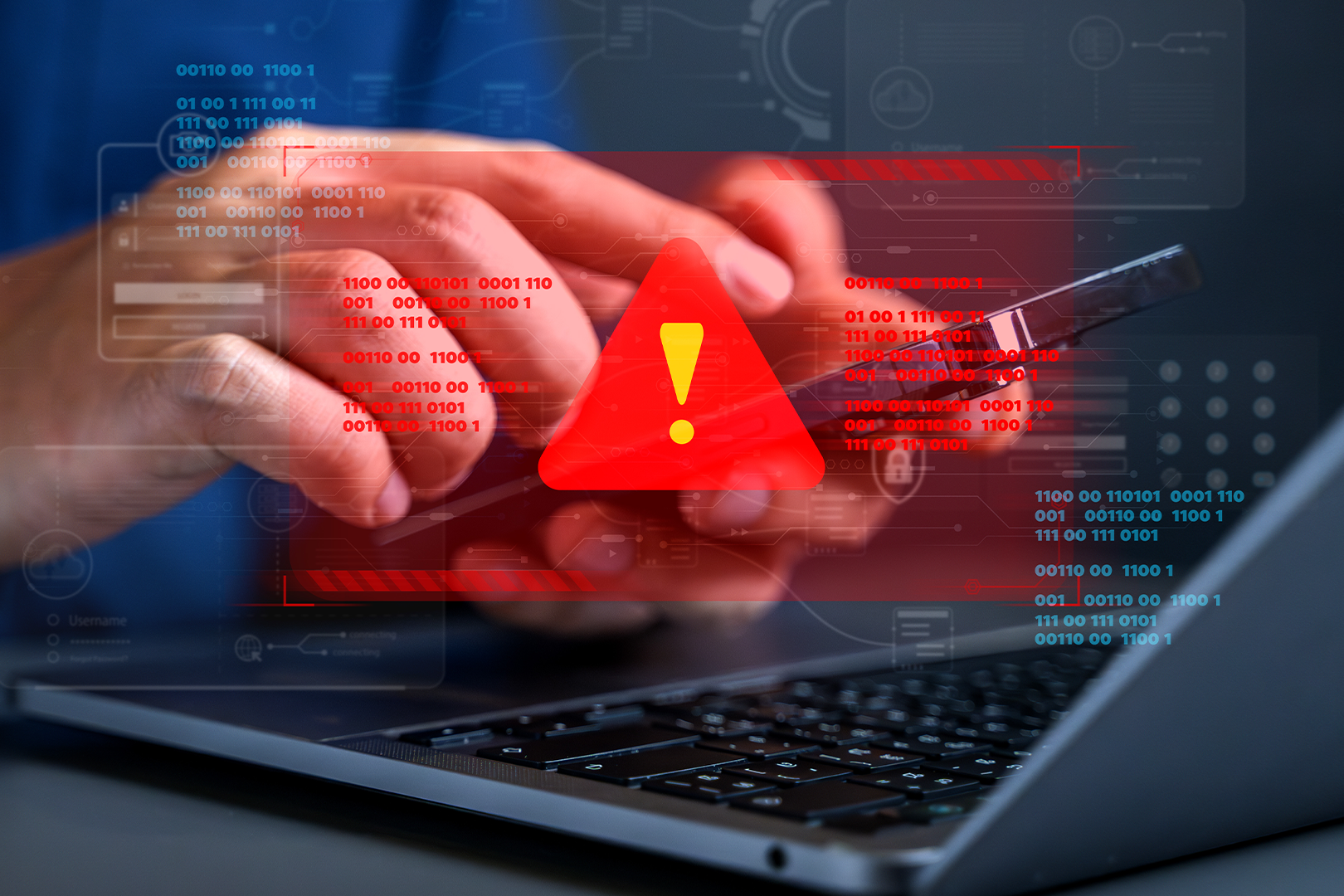Zero-Day Attacks and Why Every Business Needs MSSP Protection
In 2025, zero-day attacks remain one of the most formidable cyberthreats organizations face. A zero-day attack exploits a software, hardware, or firmware vulnerability unknown to the vendor and for which no patch or fix is available. Attackers leverage these undisclosed vulnerabilities before security teams have any opportunity to prepare or defend against them, making zero-day exploits highly effective and dangerous.
What are Zero-Day Attacks?
Zero-day vulnerability: A flaw or weakness in software or hardware that is unknown to vendors and without a current fix.
Zero-day exploit: The attack method malicious actors use to take advantage of the vulnerability.
Zero-day attack: When attackers successfully exploit the zero-day vulnerability to gain unauthorized access, steal data, or cause damage.
These attacks are particularly severe because they provide no warning or defense window, often giving attackers the ability to move freely inside a network and cause serious harm, from data theft to disruption of critical systems.
Why Zero-Day Attacks Are So Dangerous
Unknown and Unpatched Vulnerabilities: No immediate fix or signature exists to detect or prevent the attack.
Targeted and Sophisticated: Attackers can design exploits that evade traditional security tools.
Potential for Widespread Damage: The window between vulnerability discovery and patch release is exploited aggressively.
High Impact: Can lead to data breaches, ransomware infections, intellectual property theft, and long-term damage to business reputation.
How MSSPs Proactively Defend Against Zero-Day Attacks
1. Behavioral Analytics and Anomaly Detection
MSSPs use advanced User and Entity Behavior Analytics (UEBA) and machine learning to detect abnormal patterns in user activities and endpoint behaviors indicative of zero-day exploitation attempts.
2. Endpoint Detection and Response (EDR)
Modern EDR tools provide real-time monitoring, threat hunting, and automated containment capabilities that can identify and isolate suspicious processes or lateral movement behaviors arising from zero-day attacks.
3. Threat Intelligence Integration
MSSPs leverage global, real-time threat intelligence feeds to identify emerging zero-day activity, Indicators of Compromise (IoCs), and updated threat actor tactics to quickly respond and adapt defenses.
4. Security Orchestration, Automation, and Response (SOAR)
Automated workflows allow MSSPs to respond rapidly to detected threats, containing zero-day intrusions and minimizing damage while analysts investigate.
5. Network Segmentation and Zero Trust Architecture
MSSPs implement robust network segmentation and zero trust models to limit attackers' lateral movement, reducing the impact of zero-day breaches.
6. Continuous Patch and Vulnerability Management
Although zero-days are unknown vulnerabilities, MSSPs ensure that all known patches and security configurations are up to date, closing other attack avenues that zero-day exploits may try to use.
Conclusion
Zero-day attacks exploit unknown vulnerabilities, offering attackers a significant advantage. Traditional security solutions reliant on known threat signatures are insufficient against such stealthy and sophisticated attacks. MSSPs bring the technology, expertise, and proactive strategies necessary to detect, contain, and mitigate zero-day threats effectively.
Partnering with an MSSP like CyberSecOp ensures a resilient defense posture, employing cutting-edge behavioral analytics, threat intelligence, automated response, and comprehensive endpoint protection to safeguard your business from emerging threats—even before patches exist.
Protect Your Business from Zero-Day Attacks with CyberSecOp
Stay ahead of zero-day threats with CyberSecOp’s expert managed security services designed to detect and respond to advanced cyberattacks in real time.
Customer Service: 1 866-973-2677
Sales: Sales@CyberSecOp.com

